Helicopters in the Sky
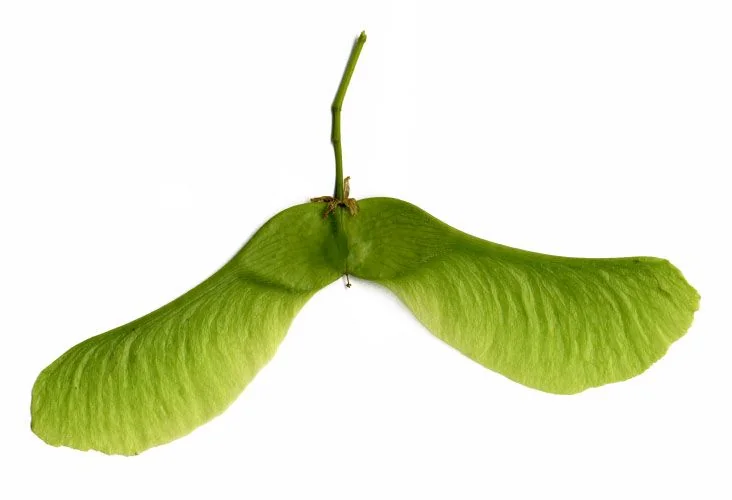 “Look at all of the helicopters! It’s like they are raining down on us,” exclaims four-year-old Hope. “Let’s catch them!”
“Look at all of the helicopters! It’s like they are raining down on us,” exclaims four-year-old Hope. “Let’s catch them!”
Whether you call them whirlybirds, twisters, whirligigs, or propellers, they have been swirling everywhere in our neighborhood this month. These helicopter seeds from the giant maple tree next door are named for their amazing aerodynamic design, which makes them function like helicopter propellers. In fact, maple trees are the only trees that produce “true” helicopter seeds with two wings. (Most other neighborhood trees, such as elm and ash trees, produce seeds with only one wing.)
This makes “whirlybird season” a perfect time for a STEM investigation with our early learners.
The technical term for this winged seed is samara, which refers to a specialized fruit designed to travel long distances from the parent tree. These seeds have a unique design that allows them to spin and spiral as they fall from the tree in a “flight pattern” that resembles the whirling blades of a descending helicopter.
As we gaze up at the falling whirlybirds in wonder, five-year-old Vera shares an interesting fact: “My mom told me that the trees they come from are really tall and wide—so if they just dropped straight down like an apple, the seeds wouldn’t get enough rain and sunshine to grow. So, the seeds have to fly and land far away from the tree to grow into new baby trees. That’s why they fly like helicopters, only they are really flying seeds. It’s kind of like the tree gives its seeds their own little helicopter ride to find a new home!”
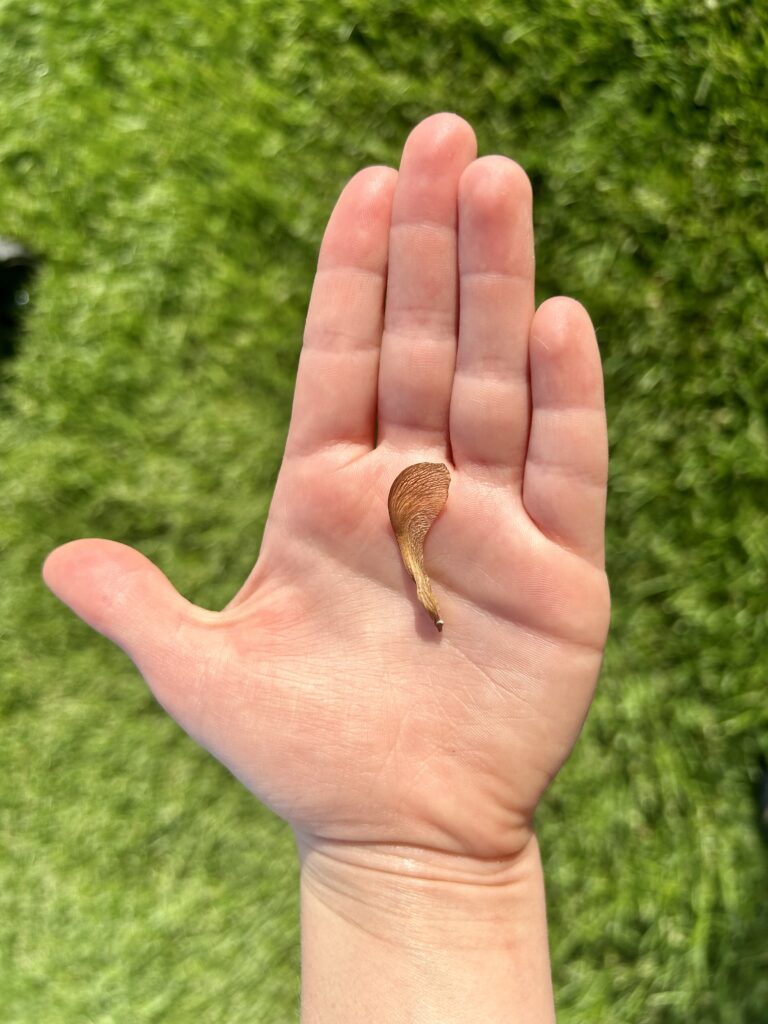
Learning about helicopter seeds can inspire young scientists to ask questions and seek answers through exploration and investigation. STEM investigations like this one encourage curiosity and inquiry, which are fundamental aspects of scientific thinking.
This is a perfect opportunity for the children to learn about seed dispersal and nature’s own aerodynamic engineering through playful outdoor inquiry with friends. As they investigate, the children will experiment with force and motion and explore the physical properties of objects.
This is physical, earth and life science—all in one compact little helicopter seed!
“The green ones must have come down from the tree in the rain,” Jackson observes. “They are all in a clump. The brown ones are all by themselves and they whirl around like a helicopter. They are much lighter.”
This seems like a good opportunity to add my own spin on the topic. “Look at that shape. It looks like a wing. It is narrower near the seed itself and wider at the end. That helps it stay in the air for a long time. See all these vein lines? These veiny ridges help the seed catch the wind so it can spin fast and travel far. That spinning motion helps the seeds travel farther away from the parent tree to a sunnier spot, where they can grow and thrive—just like Vera’s mom said.”
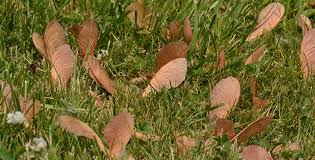
The children are listening to every word, so I add a few more facts: “Did you notice that the maple seeds on the ground always land with the seed side down and the wingtip standing up between the blades of grass? The end with the seed is heavier, so it lands first. That gives the seed a better chance of getting pressed into the ground by someone’s foot or an animal or the rain. Then the wing part breaks away so that the seed can germinate easily and grow into a new tree.”
I’m not sure how many of these facts the children will retain, but I toss them out in the same way that the maple tree drops an abundance of whirlybirds to increase the chances that some of the seeds will sprout. Some of my “seeds of knowledge” will stick, while others may get “lost in the wind.”
Soon our science talk is replaced with an active, hands-on STEM investigation as the children begin scooping up handfuls of fallen helicopter seeds and throwing them up into the air again. I consider this a part of the scientific process. Will the children ever have this much time again to just watch the maple tree’s helicopter seeds swirling through the air? Will they ever have the time to share their whirlybird observations and facts with their friends? I hope so, but I will never know, so today I give them time. Time to play. Time to observe. Time to laugh.
Exploring helicopter seeds encourages preschoolers to connect with nature and observe the world around them. It opens up conversations about trees, plants, and the environment and fosters a sense of wonder and an appreciation of the natural world.
Preschoolers can easily observe and understand the spinning motion of helicopter seeds. This hands-on experience allows them to engage directly with nature, sparking their curiosity and interest in science.
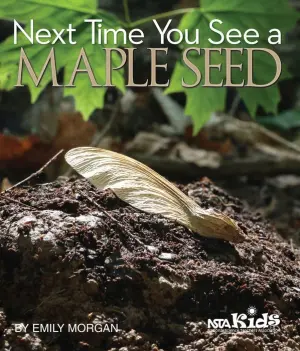
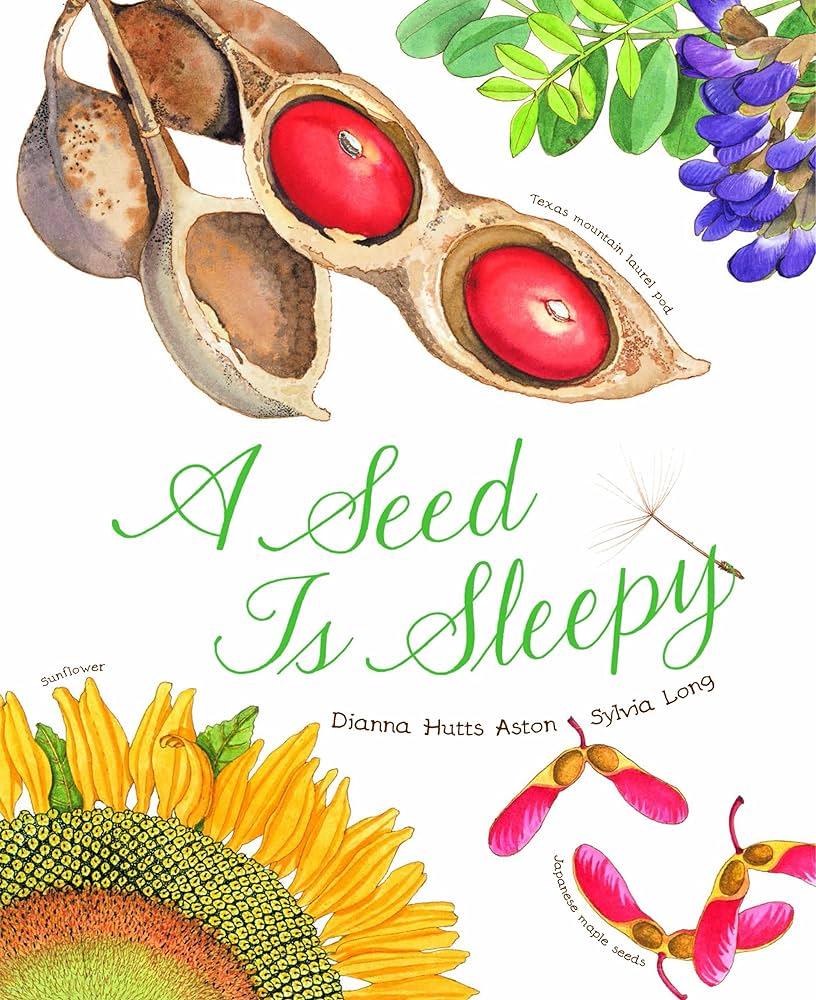
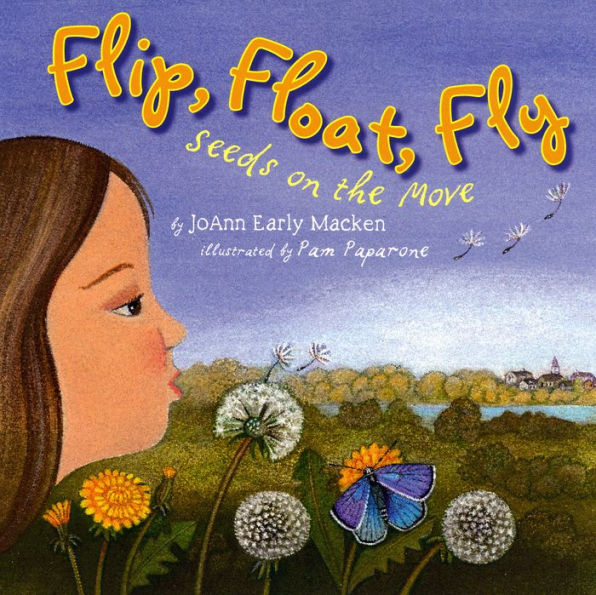

We love to use books to extend our learning. I highly recommend sharing the books shown above after your hands-on whirlybird learning adventures.
Adding books about nature to your growing library will help your early learners understand concepts that they may not have grasped during periods of play and exploration. I am always surprised by the number of nonfiction books that the children in our program choose to read before naptime.
Helicopter seeds offer a playful entry point into the world of science for young learners, setting the stage for further exploration and discovery as they grow and learn. With whirlybird season upon us, don’t miss this once-a-year opportunity to revel in the scientific investigations that nature’s helicopters inspire!

A Seed is Sleeping is one of the best books!
We truly love all of Dianna Hutts Aston’s books! They are so beautiful and the kids love learning about nature! A must for every early childhood classroom! Thanks for sharing, Jane!
Love all of this nature!